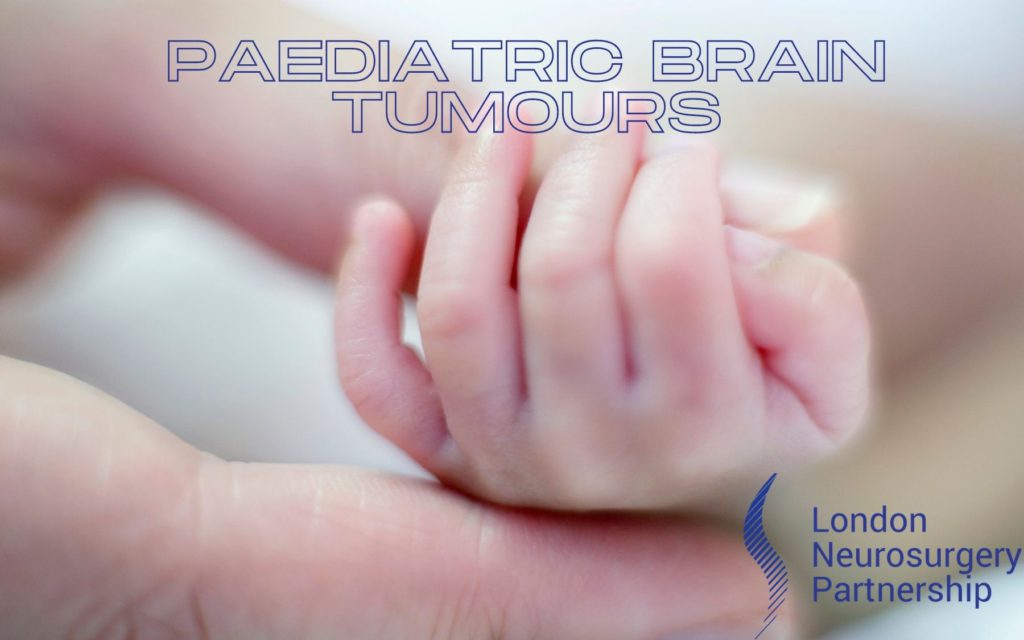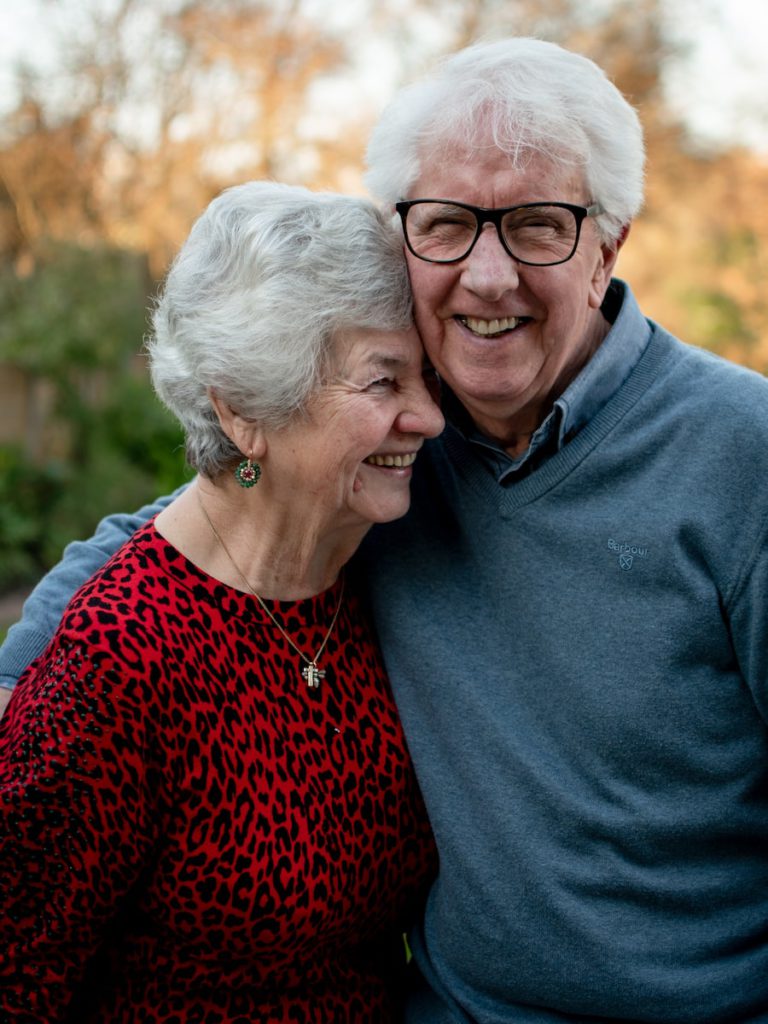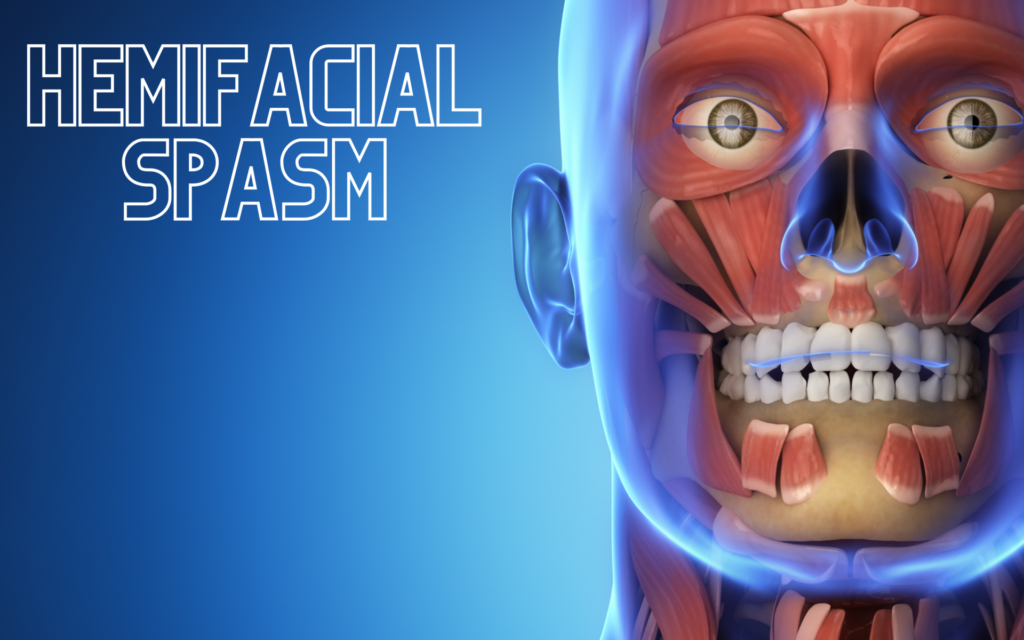
Brain tumours are a swelling within the brain caused by a collection of cells that grow abnormally due to an incapability of the body being able to moderate cell growth and division. Due to the restricted space within the skull, brain tumours can be very problematic. Although more rare, there are still around 400 paediatric brain tumours diagnosed in the UK each year.
There are many different types of paediatric brain tumours. These can be either non-cancerous (benign) or cancerous (malignant).
Symptoms of paediatric brain tumours can be very diverse and depend on the location, size and growth of the tumour. These can include:
- Sickness, especially in the morning.
- Visual disturbances
- Seizures
- Headaches
- Behavioural changes
- Abnormal eye movements
- Balance issues
- Excessive thirst leading to increased urination
From ages 0-4, the most likely symptoms are visual disturbances and cranial pressure leading to nausea and vomiting whilst beyond this age, the most highly reported symptom is a continuous headache. Due to vague indicators and a child’s reduced ability to communicate these symptoms, diagnosing a paediatric brain tumour can take time. However, this delay can impact the treatment options available and therefore the prognosis, making it important to identify warning signs early on.
Diagnosing paediatric brain tumours is best done through a neurologist. There are many different methods to determine whether a child has a brain humour. However, the most popular ones are an MRI scan, X-ray or CT scan.
Following diagnosis, there is a variety of options for treatment, including…
Surgery
During the operation, a doctor will try to extract as much of the tumour mass as possible. Surgery can also be used to remove small portions of the tumour for testing (biopsy). It’s also possible to install a device which can help alleviate symptoms, such as a shunt.
Radiotherapy
Using high energy radiation, the aim of radiotherapy is to eliminate cancer cells. Radiation is popular if it’s deemed the tumour cannot be operated on. It’s also used to remove any remaining tumour cells following surgery. As healthy cells are damaged during radiotherapy, side effects such as fatigue, hair loss and nausea are common. The process has been around for over 100 years.
Chemotherapy
Mostly used for fast growing brain tumours, chemotherapy uses drugs to combat cancer cells. There are several types of drugs depending on the type and stage of the tumour. These drugs are sometimes used in different combinations. Chemotherapy can be used alongside other treatments, such as surgery and radiotherapy. Some side effects can be anaemia, fever and hair loss.
Recovery
Complete recuperation of health from paediatric brain tumours can be possible. A variety of therapy options can also aid recovery, such as physiotherapy, occupational therapy and speech therapy.
Brain tumours for children and their loved ones are a traumatic experience. However, thanks to advances in modern medicine and science, more children than ever are fully recovering.
This article is intended to inform and give insight but not treat, diagnose or replace the advice of a doctor. Always seek medical advice with any questions regarding a medical condition.
Back to brain conditions.
A great resource for support is The Brain Tumour Charity





0 Comments